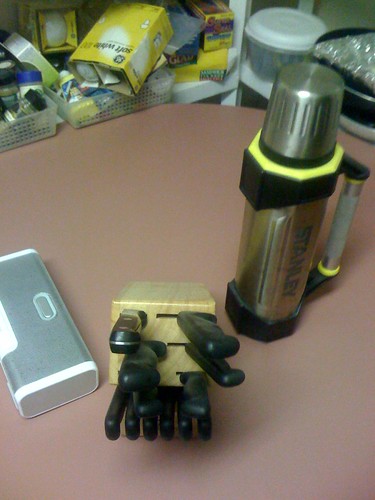


What do Japanese children eat? Check out the contents of their lunch boxes. A seaweed-wrapped slice of fresh sushi shares space with a plum, ohagi (Japanese sweet rice balls), and chocolate chip cookies. Another lunch box holds a container of leftover spaghetti, a thermos of warm miso soup, and crunchy tsukemono (Japanese pickles).
The Japanese also rely on food from the ocean as well as from Japan's many lakes and rivers. Many Japanese still plan their menus around "fish calendars" to determine when to eat tuna, salmon, or other kinds of fish. Japanese cooks prepare fish by boiling, grilling, steaming, baking, fermenting, and frying. Fermented and dried fish shavings are often used as garnishes or flavorings for miso and other soups. Grilled eel and cherry blossom prawns are very popular. Not only is seaweed eaten for its salty taste, it also provides a major source of minerals in the Japanese diet. Many Japanese people enjoy raw fish eaten with slices of ginger and wasabi, a mustard-horseradish-like spread, sashimi, and sushi.
[ILLUSTRATION OMITTED]
The sushi you see in Japanese restaurants doesn't look or taste at all like the original narezushi. Japanese travelers brought back both wet rice and a method of preserving fish from Southeast Asia more than 2,000 years ago. Through time the methods were modified. Today's sushi is fresh, raw fish served on vinegared rice.
Cucumber Roll Sushi
You need:
4 cups Japanese sushi rice *
4 sheets of dried seaweed (nori) *
I cucumber
cloth place mat, or a sheet of heavy plastic
large spoon
knife (Ask an adult to help you cut the completed
sushi rolls!)
serving plate
* Look for these items at a Japanese grocery store or the specialty
aisle at your local supermarket.
1. Place a sheet of seaweed on the place mat.
2. Using the large spoon, spread a thin layer (1 cup)
of sushi rice on the seaweed sheet. Leave a 1/2-inch
(approximate) border on all sides.
3. Slice cucumber into very thin strips, lengthwise.
4. Place 1/4 of the slices of cucumber lengthwise
across the center of the rice-covered seaweed
sheet.
5. Starting with the edge closest to your body,
slowly roll the place mat forward, pressing the
seaweed sheet into a tight roll. Press down and
forward as you roll to shape the sushi. Take your
time!
6. Using your hands, gently press and shape the
finished sushi roll through the place mat before
removing the mat. Place the sushi roll on a
serving plate.
7. Ask an adult to help you cut the completed sushi
roll into bite-size pieces. Use a damp towel to wet
the knife before slicing for a cleaner edge on
each piece.
8. Repeat the process with the remaining seaweed
sheets, rice, and slices of cucumber.
Sushi chefs often personalize their meals by using leftover vegetables, fish, or meat they have on hand. Try rolling your favorites for a yummy, healthy treat!
Source Citation
Hall, Cyndy. "Sushi, anyone?" Faces: People, Places, and Cultures July-Aug. 2010: 32+. General OneFile. Web. 9 Nov. 2010.
Document URL
http://find.galegroup.com/gps/infomark.do?&contentSet=IAC-Documents&type=retrieve&tabID=T003&prodId=IPS&docId=A239461735&source=gale&srcprod=ITOF&userGroupName=22054_acld&version=1.0
Gale Document Number:A239461735


No comments:
Post a Comment